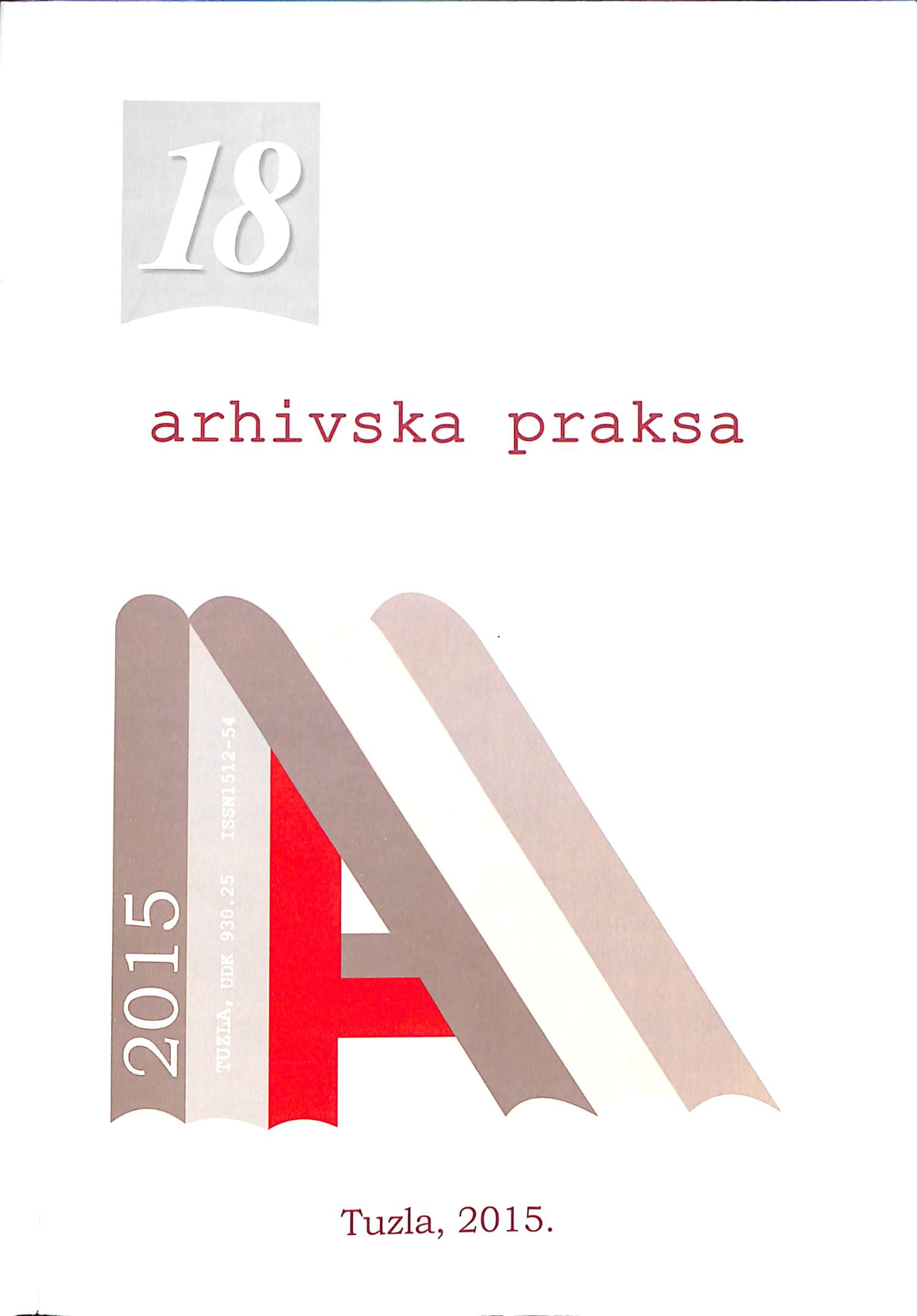Značaj planiranja preventivne zaštite u zemljama u tranziciji
Importance of planning preventive protection in transition countries
Author(s): Svetlana Perović IvovićSubject(s): Archiving, Preservation
Published by: Arhiv Tuzlanskog kantona
Keywords: planning; protection; transition; conservation; institutions; emergency; disaster; vandalism; risk assessment; list of priorities; strategies;
Summary/Abstract: As archives are often exposed to the processes of devastation occurred as a result of emergencies there is a need of careful and meticulous planning of preventive care so that the industry has a special place in the organizational schemes and institutions to be defined in the appropriate regulations. In addition, the trend of increasing number of disasters affected the need for a comprehensive approach to the management during emergencies and disasters to the cultural heritage. Risk management means finding ways to reduce them, mitigate, or simply to learn to live with them. If the outcomes predict with reasonable certainty, then it can expect better results, because they can take appropriate decisions and take appropriate measures that lead to good results. But whether it will be made a good decision depends on various aspects and severity of the current situation. Natural disasters and disasters caused by human action, intentionally or unintentionally, worldwide cause large-scale damage to historical monuments and cultural heritage. Therefore, it is always a current issue of preventive protection and disaster planning in the event of unforeseen circumstances, various reductions in catastrophic risk, as well as the stabilization of cultural heritage in the event of a disaster.Emergencies resulting from natural or man-made disasters are a common cause of damage to or loss of archives. For these reasons it is essential that the archives have a good strategy and plans of care in this area. Planning is an essential element of preventive care and it is necessary to identify external and internal risks.It should be the duty of all archives. The effective response in an emergency situation requires a team work. The main task of all teams is to anticipate possible situations and to plan a proper response and emergency activities before, during and after emergencies. A variety of emergency situations, natural calamity, disaster can not even be enough to control nor escape, but the vulnerability of cultural heritage to natural factors and those caused by human action can be prevented or reduced. Reducing the sensitivity we are reducing risk, and therefore the consequences arising out of their action. Challenges exist in the reconstruction phase and eliminate the effects of the disaster. Experience tells us that happened to archive and library holdings and suffer more damage when removing and repairing consequences than during a disaster. The challenges are reflected in the proper and efficient assessment of damage, as well as in the choice of adequate access to conservation. As this is a complex process which requires the adjustment of protection certain situation and depends on the type and sensitivity of archive and library materials, available material, space, number of staff, it is necessary to precise plan that risks can be reduced to a minimum.
Journal: Arhivska praksa
- Issue Year: 2015
- Issue No: 18
- Page Range: 77-96
- Page Count: 20
- Language: Bosnian, Croatian, Serbian

